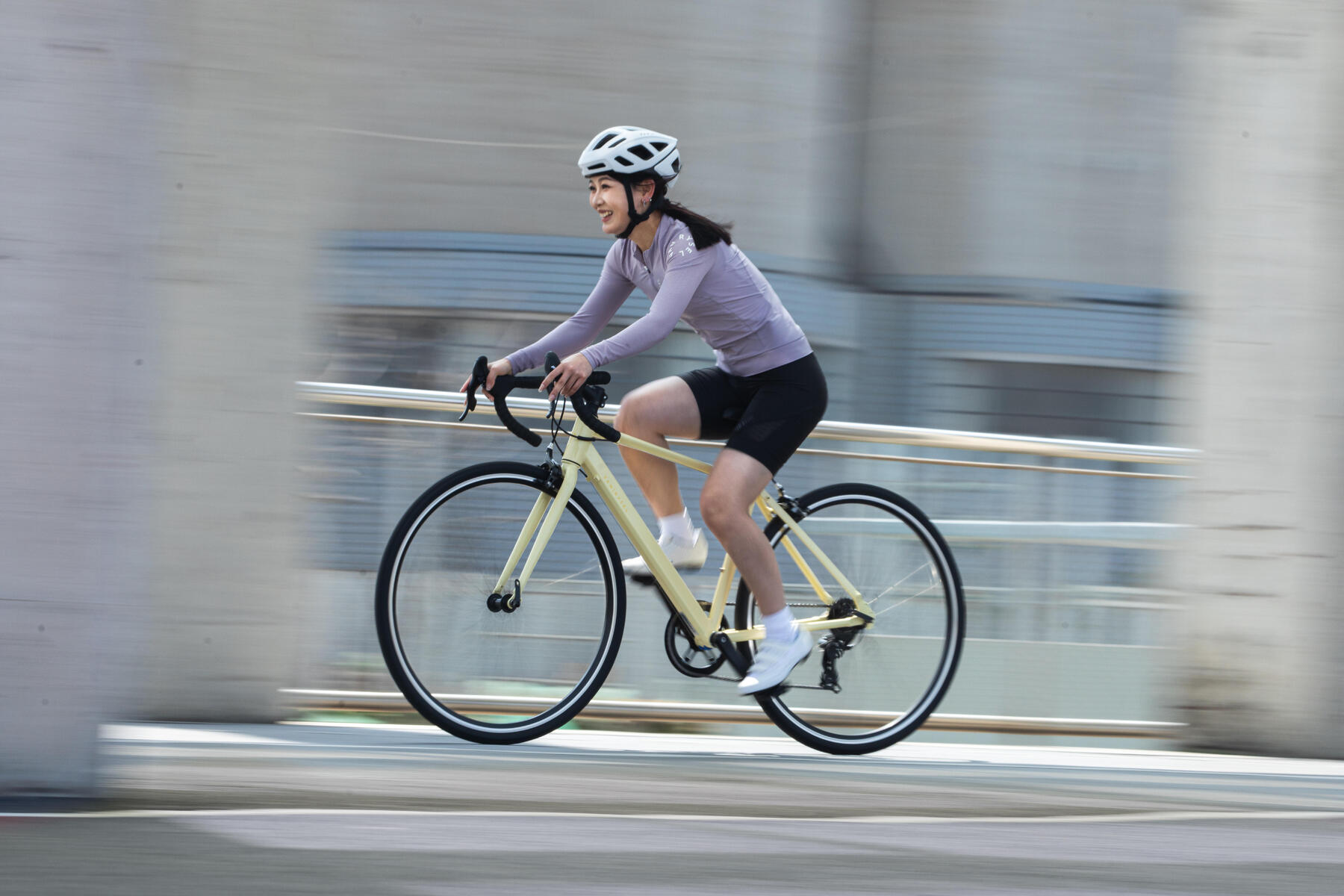Road cycling seems to be an easily accessible sport because most people know how to ride a bike.
However, improving as a cyclist is a whole different challenge and rushing through stages can lead to mistakes and setbacks. Cycling requires a structured approach and consistent practice—skipping two weeks of training can result in losing up to a month’s worth of progress. So to continuously improve year-round, it's important not to stop all physical activity for two to three months, and to follow a methodical, step-by-step approach.
This article is not intended to replace a coach, who is much more qualified than I am and can tailor sessions based on each individual's fitness and capabilities. However, understanding the basics can at least help you avoid common pitfalls.




